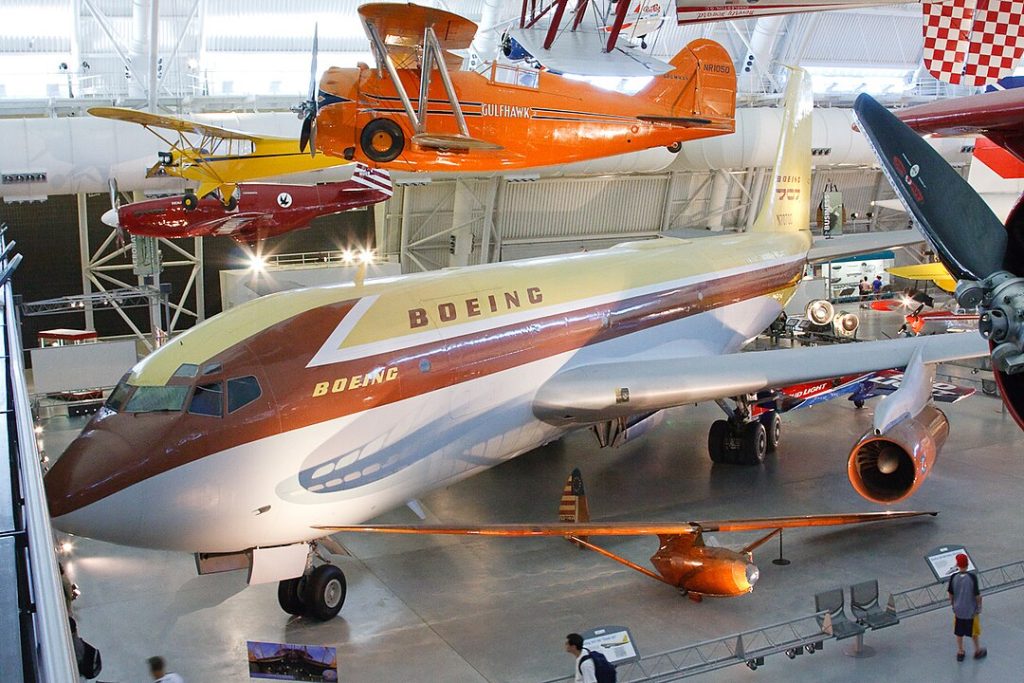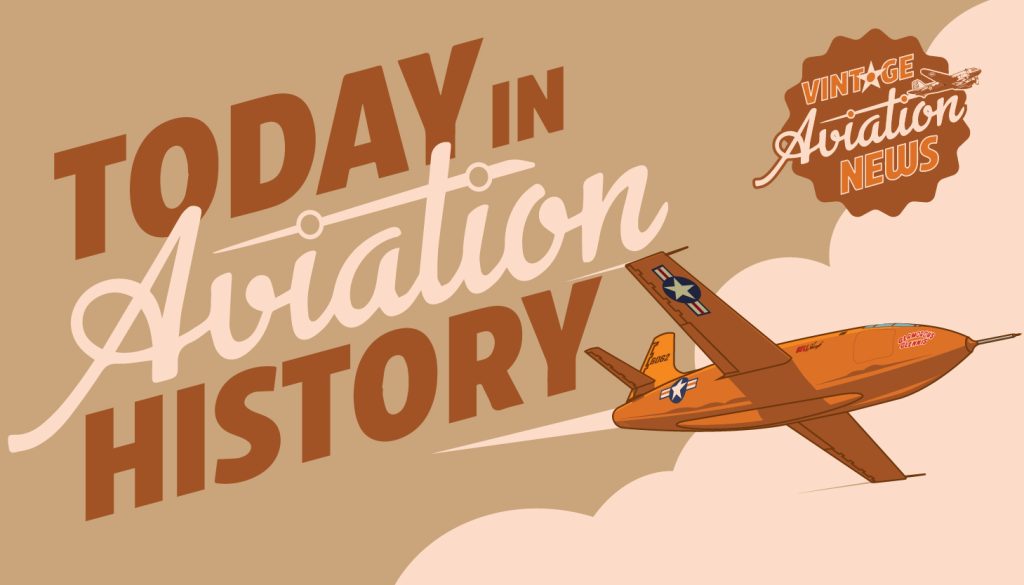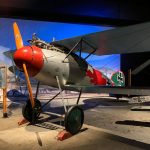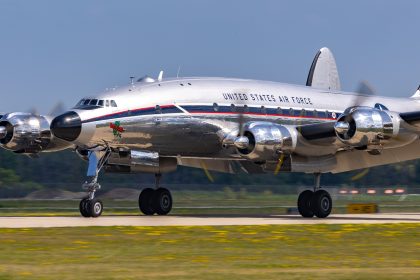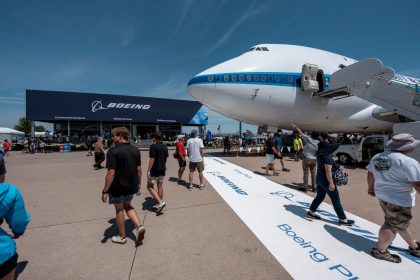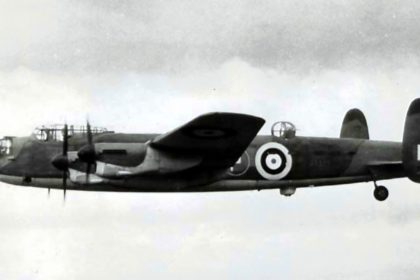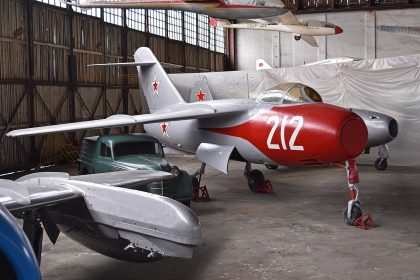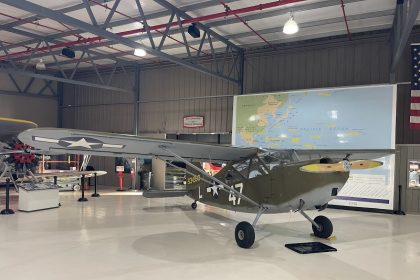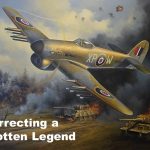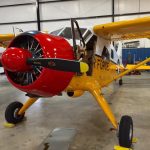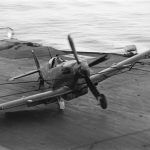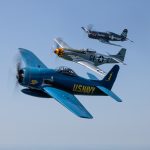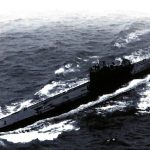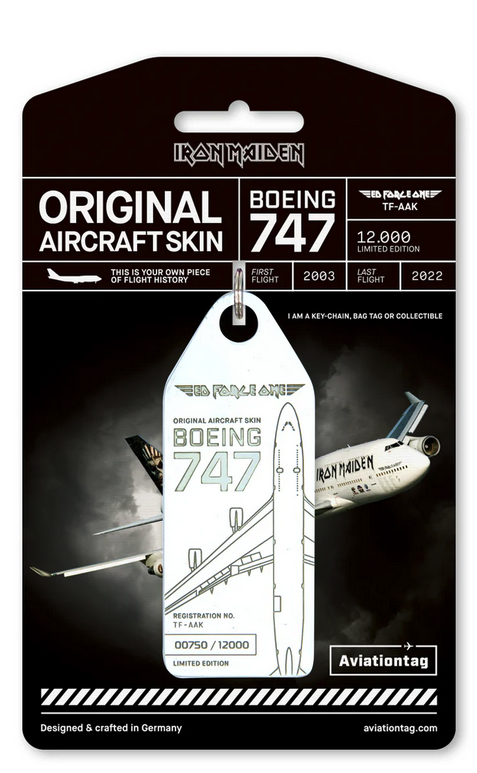On this day in aviation history, 71 years ago—May 14, 1954—the Boeing Model 367-80 prototype, registration N70700, rolled off the assembly line at Boeing’s Renton Field plant in Washington State. William Edward Boeing, the company’s founder, was present for the milestone moment. Just two months later, on July 15, 1954, the aircraft—nicknamed the “Dash 80″—would take to the skies for its first flight, launching a revolution in jet-powered air travel.
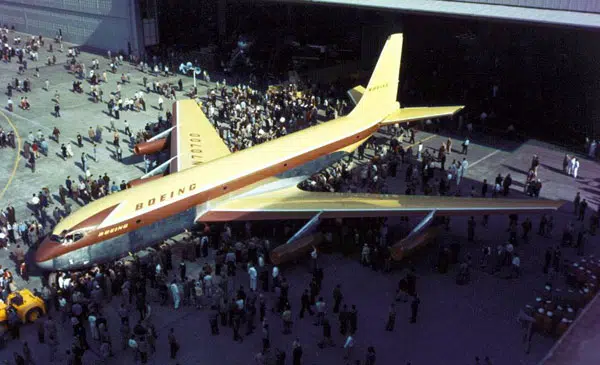
Originally conceived as a turbojet-powered successor to the KC-97 Stratotanker, the Model 367 went through 80 design iterations before reaching its final prototype form—hence the designation 367-80. Boeing took a major risk by funding the project as a $16 million private venture, aiming to demonstrate the viability of jet technology for both military and commercial aviation.

That gamble paid off. The Dash 80 laid the groundwork for two major aircraft lines: the U.S. Air Force’s KC-135 Stratotanker and C-135 Stratolifter, both of which remain in service today, and the Boeing 707—a pioneering jetliner that transformed global air travel. The first production variant, the Boeing 707-120, featured a three-person flight crew and could cruise between 557 and 621 miles per hour. Powered by four Pratt & Whitney JT3C-6 turbojet engines, each producing 13,500 pounds of thrust, the aircraft had a range of 3,000 nautical miles and a service ceiling of 42,000 feet. It could carry up to 311 passengers, offering an unprecedented combination of speed, capacity, and comfort.
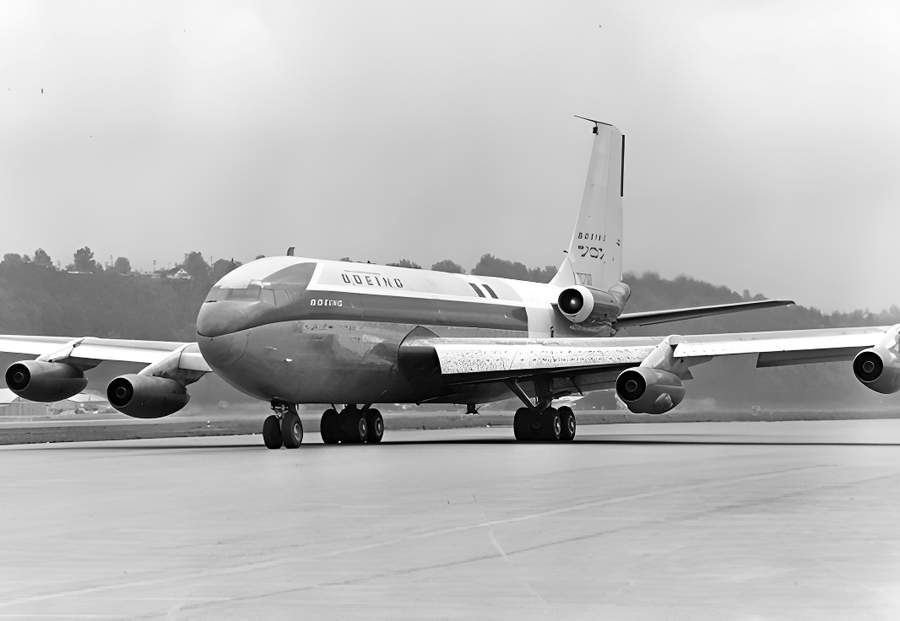
Major airlines, including Pan Am, TWA, American Airlines, and Air France, quickly adopted the 707, helping to cement its reputation as one of the most iconic jetliners in history. A total of 865 Boeing 707s were built, and although none remain in commercial airline service today, many are preserved in museums around the world. The original prototype, N70700, still exists and is proudly displayed at the Smithsonian National Air and Space Museum’s Udvar-Hazy Center in Chantilly, Virginia—a lasting tribute to the aircraft that launched the jet age.
